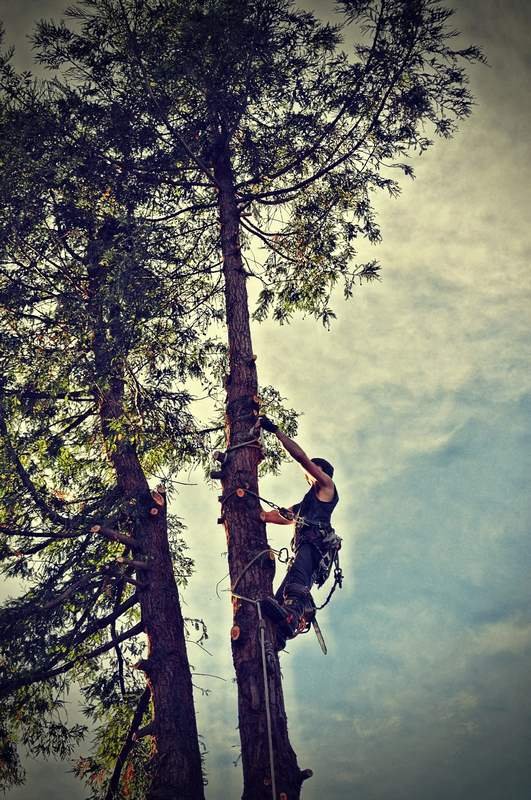Table of Contents Show
When engaging a Tree Removal Company, normally, you would compare rates of a few companies and be surprised to receive varied quotes that can appear confusing.
The prices vary because, in the tree removal business, there is no scope of one size fits all offers. In the absence of any formula for working out rates, it can vary considerably, and you must be ready to accept it by knowing the factors that influence it.
However, it will be easy to understand the justification of rates by knowing the factors that tree removal companies consider for working out the rates.
Since every tree is different and so also each project, you must never try to make wrong comparisons that can be quite misleading but instead consider each quote on its merit by understanding the rationale behind it.

Read Also:
How Big is the Tree?
The biggest contributor to tree removal cost is the size of the tree. Everwilling Tree Specialists consider the height of the tree, as well as the crown, spread to determine how much it will cost for removal. In most cases, people guess the height as it is difficult to get the actual height accurately.
By thumb rule, compare the tree height with a single building by considering each storey as 15 feet. If the tree height is more than the building height, then you must be ready to pay at least a thousand dollar or more. Taller is the tree more will be the removal cost.
The Number of Obstacles Around the Tree
Trees that overhang too much on your house will cost more for removal. If there is a skylight to the roof or it is made of cedar shingles, the cost of removal will be more.
Closer the tree to your home; higher will be the cost of removing it as one has to take extra precautions to ensure the safety of the structure and other objects close to it.
Clearing the space around the tree can help to contain costs as it is expensive and time taking to work around obstacles.
Accessibility to Trees Affects the Cost
Tree removal involves the use of various types of equipment, and there should be easy accessibility to the tree besides enough space for smooth manoeuvring of the equipment.
By this count, a tree in front of your house will cost less to remove than a tree in the backyard because it would involve manoeuvring the equipment to and from the backyard through the available space.
The team has to make way through the garage or across the sidewalk for accessing the tree, and this increases the cost.
Condition of the Tree
Dead, rotten, severely cracked, and diseased trees would cost more to remove as it will not be easy to cut it down. The operations involved in cutting dead and rotten trees are more complex and carry a higher risk, which is why tree removal companies charge more.
The cost of removing dead trees can be quite high, but luckily, your home insurance policy should cover this type of tree removal.









